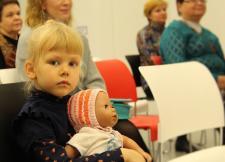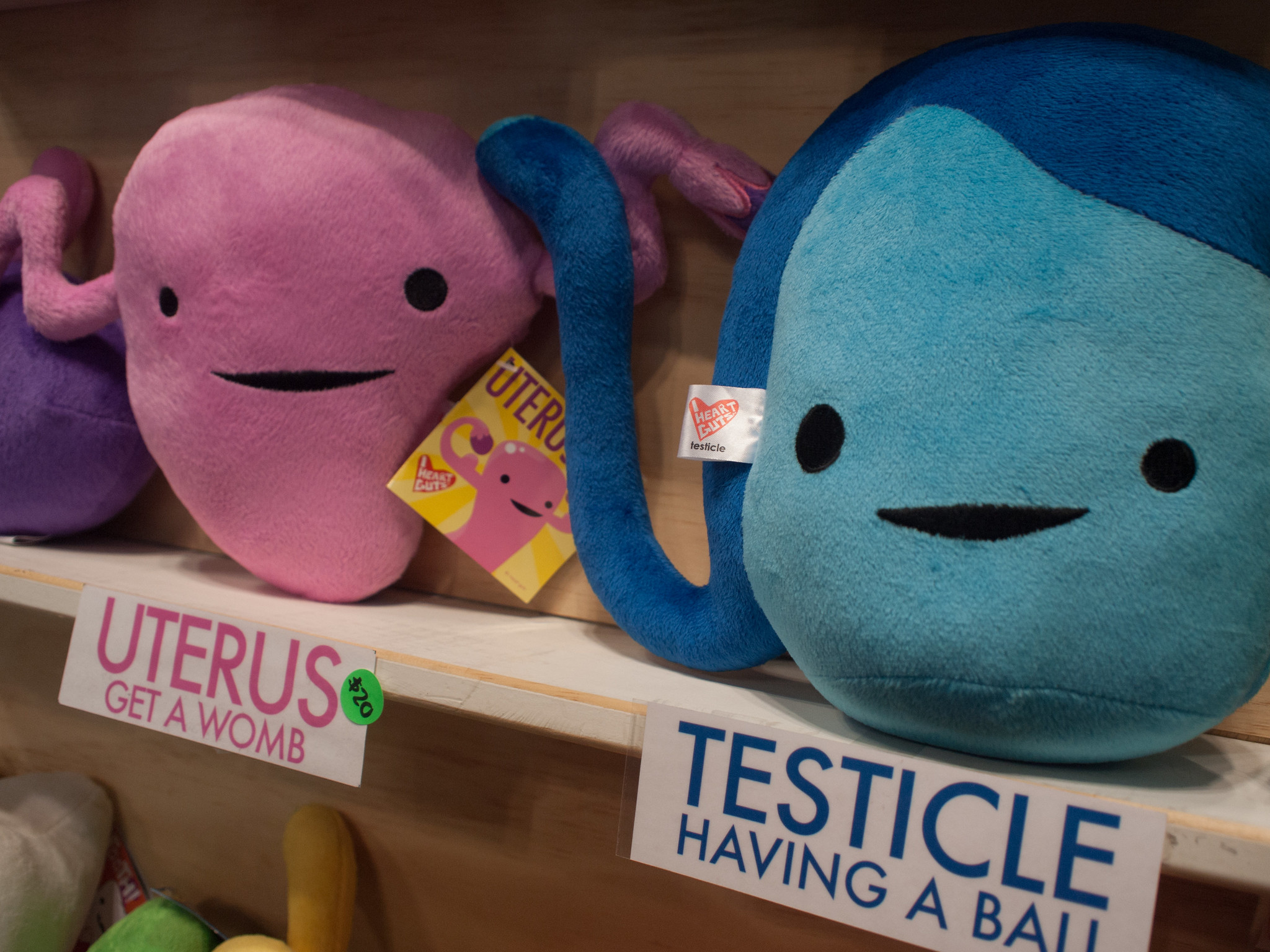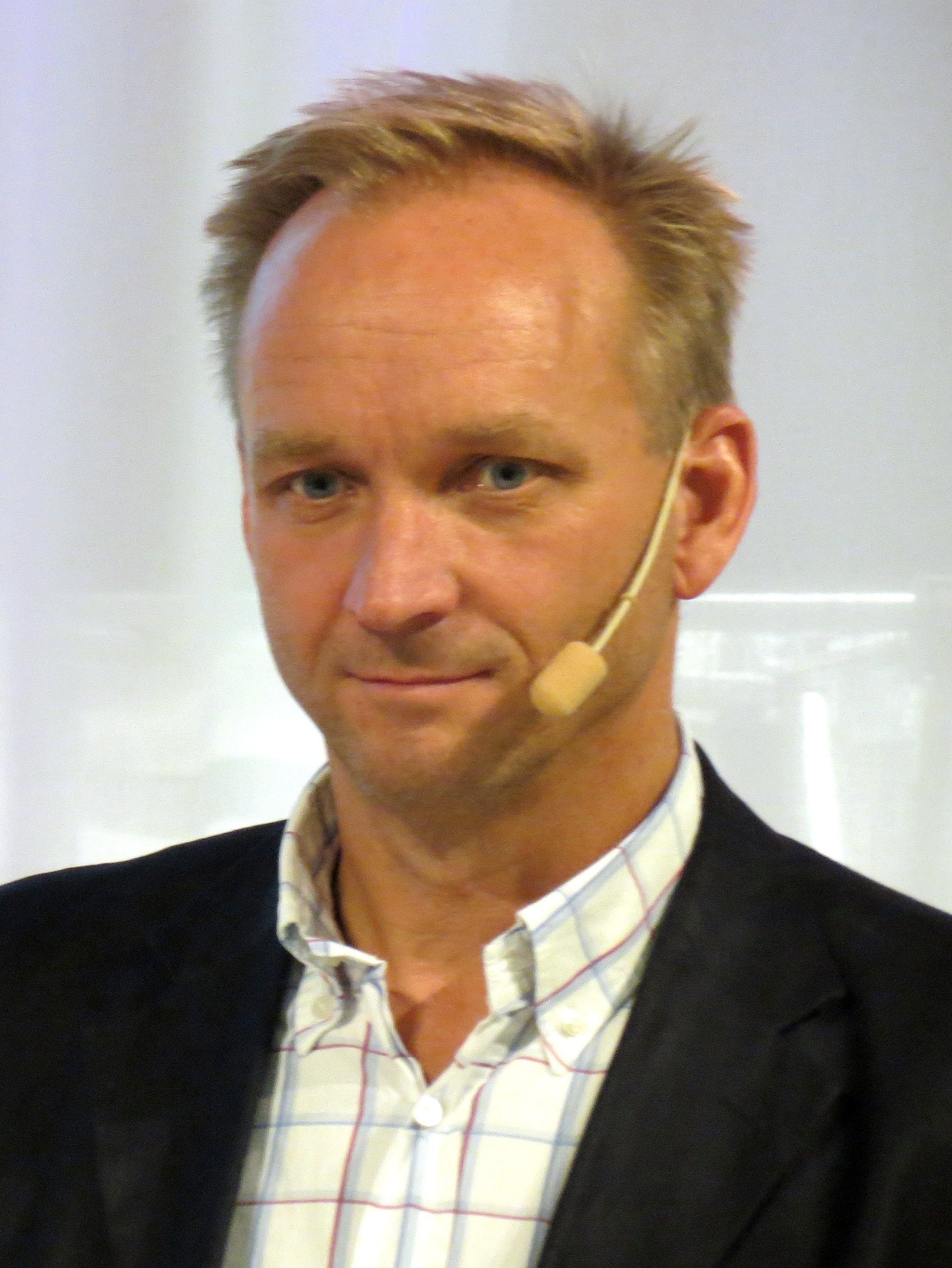Uterus Transplants: Identifying Stakeholders & Objections

On February 25, the Cleveland Clinic announced that the first “womb” transplant had been successfully completed in the US, using a uterus from a deceased donor. The 26-year old recipient, identified as Lindsey, joined a press conference on March 7 in a wheelchair and expressed her gratitude. On March 9, the clinic released a second media statement: Lindsey’s uterus transplant had been removed due to a “sudden complication.” As NPR noted, the clinical trial will continue—nine women with uterine factor infertility still await the procedure in Cleveland. Their motivation to continue with the grueling, risk-laden procedure may be similar to Lindsey’s:
“I crave that experience,” she said. “I want the morning sickness, the backaches, the feet swelling. I want to feel the baby move. That is something I’ve wanted for as long as I can remember.”

The future of reproduction has never appeared so technologically complex. Amid ongoing policy debates about gene-editing embryos, and the potential spread of “3-person IVF” from the UK to the US, we’ve also seen a rapid increase of clinical trials for a revolutionary surgical procedure: womb transplants—i.e. temporary uterus transplantation into “genetic females” born without uteruses (but with working ovaries) for the purpose of enabling pregnancy for one or two genetically related IVF offspring.
An early effort at uterus transplantation was conducted in Germany in 1931 on Lili Elbe, who is historically identified as both transgender and intersex, and who died shortly thereafter. (Her story is told in The Danish Girl.) Unsuccessful attempts were also made in Saudi Arabia in 2000, and in Turkey in 2011.
Headlines since 2014 exhibit building momentum and clinical uptake:
- Womb transplants hailed as success in pioneering Swedish project (Jan. 2014)
- Woman Gives Birth After Womb Transplant, In Medical First (Oct. 2014)
- Womb transplants given UK go-ahead (Sept. 2015)
- Cleveland Clinic to perform first-ever uterus transplants in U.S. (Nov. 2015)
- Surgery Could Give Men Wombs of Their Own Within 5 Years (Nov. 2015)
- Baylor University Medical Center Announces Womb Transplant Trial (Jan. 2016)
- Womb Transplant in India: Are we ready to deliver? (Feb. 2016)
- With womb transplants a reality, transgender women dare to dream of pregnancies (Mar. 2016)
Uterus Transplants Enter U.S.
Setbacks for clinical patients like Lindsey are to be expected, as successes have been few and recent. The procedure’s clinical viability (and eligibility guidelines) began in Sweden—where nine transplants, seven that were ultimately successful, have taken place resulting in five babies since 2014.
 For more than a decade, a research team led by Dr. Mats Brännström, professor of gynecology and obstetrics at the University of Gothenburg, conducted surgeries on animals ranging from rodents to non-human primates (including some 80 baboons) to establish a threshold of perceived safety for the transplantation of donor uteruses into humans. According to a New York Times report, Dr. Andreas G. Tzakis, director of solid organ transplant surgery at the Cleveland Clinic, spent a lot of time with this Swedish team, “practicing in miniature swine and baboons and observing all nine of the human transplants in the operating room.”
For more than a decade, a research team led by Dr. Mats Brännström, professor of gynecology and obstetrics at the University of Gothenburg, conducted surgeries on animals ranging from rodents to non-human primates (including some 80 baboons) to establish a threshold of perceived safety for the transplantation of donor uteruses into humans. According to a New York Times report, Dr. Andreas G. Tzakis, director of solid organ transplant surgery at the Cleveland Clinic, spent a lot of time with this Swedish team, “practicing in miniature swine and baboons and observing all nine of the human transplants in the operating room.”
Notably, the Swedish researchers are the only ones to have established and documented their protocol working in animal models. They have shaped not only the technical specifics of the procedure, but also protocols and assumptions about who is considered an acceptable clinical subject. So far the majority of people targeted for the procedure have been diagnosed with Mayer-Rokitansky-Küster-Hauser syndrome in which infants are born with an intersex phenotype, including underdeveloped or absent uteruses and vaginas. It’s also important to note that all gestational surrogacy is banned in Sweden, both commercial and “altruistic”—so people set on having genetically related children may be more willing to turn to risky surgeries instead.
Media have quoted the Swedish team expressing the underlying values and assumptions that drove their research, including:
“Dr Brännström said that the nine women who had received womb transplants had already been deeply affected by the experience. ‘Some of them say that it’s fantastic just to have a period. They say: ‘Now I feel like a real woman, a normal woman, for the first time.’” (2014)
“‘We are not going to call it a complete success until this results in children. That's the best proof.’” (Michael Olausson, 2012)
In light of the birth of a handful of premature babies via uterine transplant and ongoing safety and ethical concerns, Brännström is focusing on improvements including efforts to grow a womb in the lab, a “bioengineered uterus.” He describes this process as “taking one from a deceased donor, stripping it of its DNA and using cells from the recipient to line the structure.” According to news reports, he has “started preliminary tests in animals and estimated it would be another five years before the technique can be tried on humans.” This may impact a key concern with the transplant: maternal and fetal exposure to powerful immunosuppressants.
Bioethics and Biopolitics: Making Policy in the Lab?
As these clinical trials migrate from Sweden to clinics around the world, ethical concerns have been mounting. A lonely set of formal ethical guidelines, “The Montreal Criteria,” was published in 2012, and slightly revised in 2013. There was immediate pushback to the criteria; one concern: the guidelines are narrowly applicable, myopically reflecting the context of wealthy countries with well-developed biomedical sectors.
In the 1970s, only 1 out of 10 women in the United States made it to menopause without giving birth to a child. Fast-forward to 2010 and that number had doubled according to Pew Research Center, roughly 1 in 5, or 20% of women end their “child-bearing years” child-free. (More recently, Pew found childlessness is actually decreasing among highly educated women.) Which is to say that even in these modern times of single ladies, egg freezing parties, and the increasing legal acceptance of LGBT relationships—and interdependent upon factors such as income, ethnicity, and education—some 80% of women will become pregnant and give birth in their lifetime.
With this in mind it’s important to start asking a wide range of questions about the assumptions and values that underlie current excitement about the potential of uterus transplants:
- Should infertility be viewed as a lifestyle choice or environmental construct, instead of a medical condition? Do women and people born without the capacity to carry a pregnancy warrant (temporary) repair?
- Is uterus transplantation a medical procedure? A cosmetic surgery? Neither?
- Why are clinical subjects only allowed to participate in a trial if they have working ovaries, given that fallopian tubes are never connected to the transplant itself?
- Why is genetic relationship so important if the main draw is to experience a pregnancy?
- Might surrogacy be a safer, less ethically challenging alternative to temporary uterus transplants?
- Why should the procedure be limited solely to “genetic females” when the majority of clinical subjects are on the intersex spectrum of sexual difference? Should men and transgender women have access given the congruent technological advances of gender-affirming surgeries?
- What influence and relevance does the long-standing and recent history of medically unnecessary and coercive surgeries on intersex children and adults have in this context?
- How do we ensure long-term clinical follow up for women and children who participate in this brave new world of gestational place-making?
- What are the health impacts for all parties involved that would caution against using either living or deceased donors?
- Given the estimated cost of $300,000, who will have meaningful access to these transplants beyond clinical trials?
What else would you add to a growing list of ethical, social, or political objections?
####
References:
Mats Brännström et al., Livebirth After Uterus Transplantation, THE LANCET 1, 8 (2014) [Sweden], available at http://www.thelancet.com/journals/lancet/article/PIIS0140-6736%2814%2961728-1/abstract.
Ariel Lefkowitz et al., The Montreal Criteria for the Ethical Feasibility of Uterine Transplantation, 25 TRANSPLANT INT’L 439-47, at 444 (2012), available at http://onlinelibrary.wiley.com/doi/10.1111/j.1432-2277.2012.01438.x/pdf.
Ariel Lefkowitz et al., Ethical Considerations in the Era of the Uterine Transplant: An Update of the Montreal Criteria for the Ethical Feasibility of Uterine Transplantation, 100.4 TRANSPLANT INT’L 924-26 (2013), vailable at http://www.fertstert.org/article/S0015-0282%2813%2900636-5/abstract.
Wafa Mohammed Khalil Fageeh, et al., Transplantation of the Human Uterus, 76 INT. J. GYNECOLOGY AND OBSTETRICS 245–51 (2002) [Saudi Arabia], available at http://www.ncbi.nlm.nih.gov/pubmed/11880127.
Zubia Mumtaz & Adrienne Levay, Ethics Criteria for Uterine Transplants: Relevance for Low Income, Pronatalistic Societies?, J.CLINICAL RESEARCH AND BIOETHICS S1:004 (2012), available at http://www.omicsonline.org/ethics-criteria-for-uterine-transplants-relevance-for-low-income%20pronatalistic-societies-2155-9627.S1-004.php?aid=11138.
Omer Ozkan, et al., Preliminary Results of the First Human Uterus Transplantation from a Multiorgan Donor, 99 FERTILITY AND STERILITY 2:470-476 (2013) [Turkey], available at http://www.ncbi.nlm.nih.gov/pubmed/23084266.
Previously on Biopolitical Times:
- Bridging Borders: Transnational Surrogacy, Queer Kinship & Reproductive Justice
- Cross-Border Reproduction: An "Ethic of Care" and an Unregulated Market
- Israeli Parents, Indian Surrogates, a Nepali Earthquake, and "Cheap White Eggs"
- Surrogacy as an Iceberg: 90 Percent Below Water
- Family Equality and Surrogacy
- “It’s a Baby Farm.”
- The Future of Conception
- International Surrogacy, Global Consumerism, Harms to Women and Children
Images via Flickr/Tom Simpson; Wikimedia: Mats Brännström; and Pixabay



